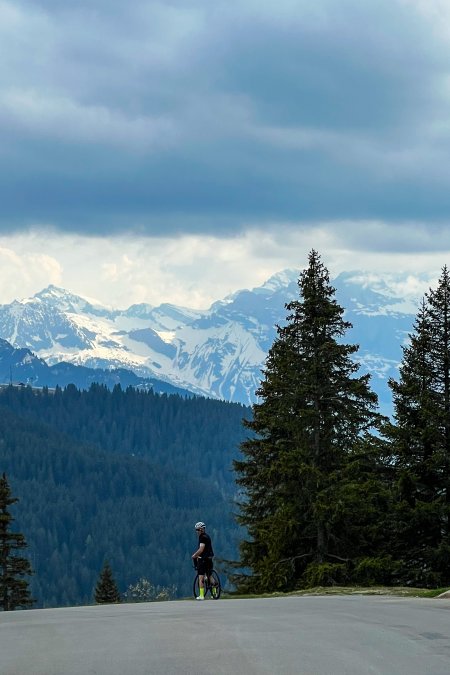Geology of the Tour de France: for cycling commentators and their audience
The foundations of the Tour de France
On 24 June, the website ‘Geo-Tour de France’ will go live to serve sports editors, cycling commentators and bicycle racing fans. The site geotdf.org will describe the natural decor of each stage of the Tour de France: the various landscapes and what can be found deep under the surface, for both the men’s and the women’s races. Did you know that dinosaurs have been uncovered along the route?
It suddenly hit me: a live broadcast of a cycling race is also a perfect opportunity for a geological excursion
, explains Douwe van Hinsbergen, initiator of the Geo-Tour de France, Professor at Utrecht University and die-hard cycling fan. A lot of cyclists - and the people watching them - are interested in the landscapes they pass through as they race. And a lot of geoscientists love to cycle themselves. So maybe we can help the cycling commentators with our knowledge of the landscapes and their underlying treasures!
To make that happen, Van Hinsbergen approached colleagues from the Netherlands and abroad to write a series of blogs about the geology of the individual stages. And that was the start of the Geo-Tour de France.
Ancient continents
This year’s Tour de France will race through the remains of three ancient continents, along the traces of the meteorite impact that marked the end of the era of the dinosaurs, through the chalk landscape of the “White Cliffs of Calais”, over extinct volcanoes, over pieces of Saudi Arabia in Paris, and many more fascinating geographical and geological phenomena along the way. For the men’s race, geotdf.org will explain a geological phenomenon along the route and the underlying process. The women’s race will ride over older and older geology every day, and the blogs will take the reader to those worlds and their inhabitants.

Geological time scales
The website examines the ancient worlds that lie under the landscapes along the route. These are the sum of a history stretching back millions or billions of years: the fields of geology, geochemistry and geophysics. But the website also addresses modern landscapes along the route: how they were created, the rivers and glaciers that flow through them, the characteristics of the soil, and the natural disasters like landslides that strike at any time. This is the specialist field of physical geography, typically on timescales shorter than hundreds of thousands of years.
Send pictures
The audience can also share photos and ask questions via the Twitter hashtag #GeoTdF
, adds van Hinsbergen. And during the Tour, we’ll provide daily commentary via our Twitter account @geotdf.
The commentary won’t be limited to the Tour de France itself; the Twitter account will explain the geology of cycling races all over the world, all season long.
Seven countries, seven languages
Researchers from seven countries participate in the Geo-Tour de France. In addition to those from Utrecht University, the site will feature contributions from the universities of Birmingham (United Kingdom), Montpellier and Rennes (France), Münster (Germany), Granada (Spain), Utah (United States), the VU Amsterdam, Naturalis Biodiversity Center (Leiden) and the Geological Surveys of France and of Denmark and Greenland.
Geotdf.org is available in Dutch, English, French, German, Spanish, Italian and Danish. The Twitter account is @geotdf

